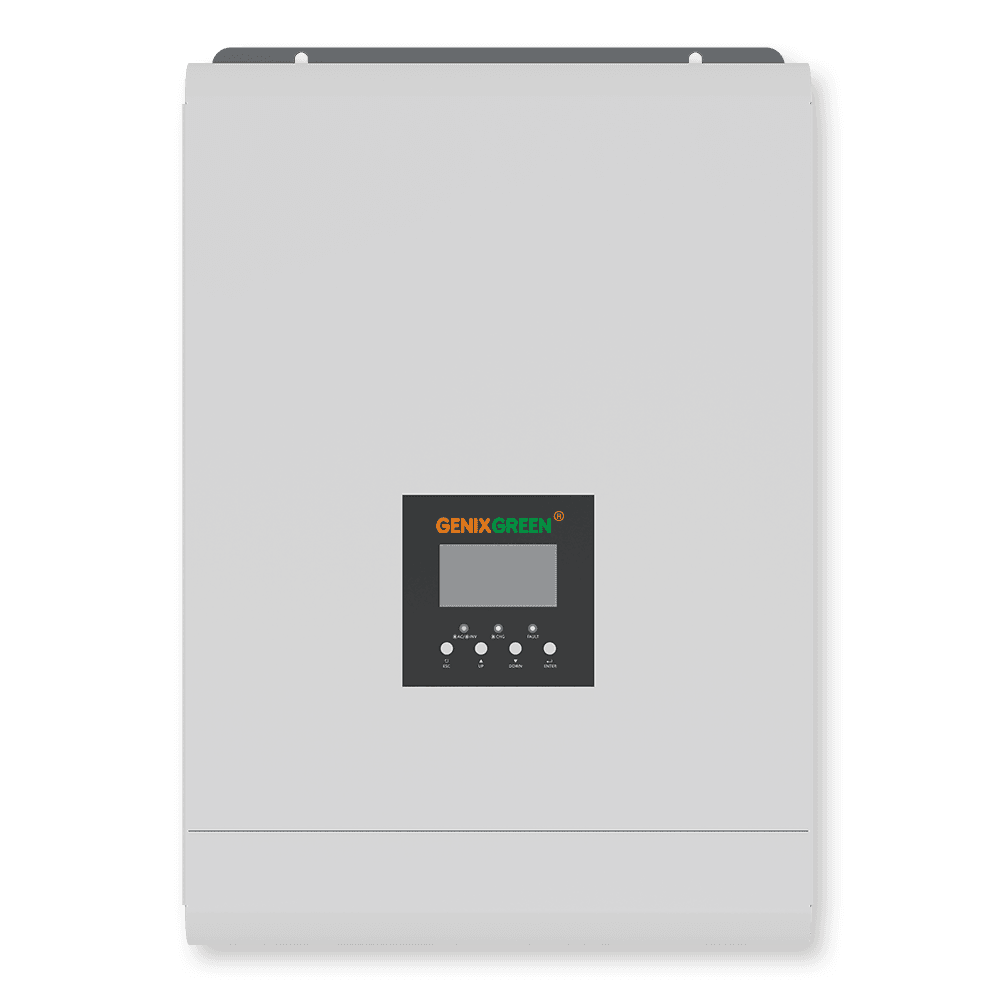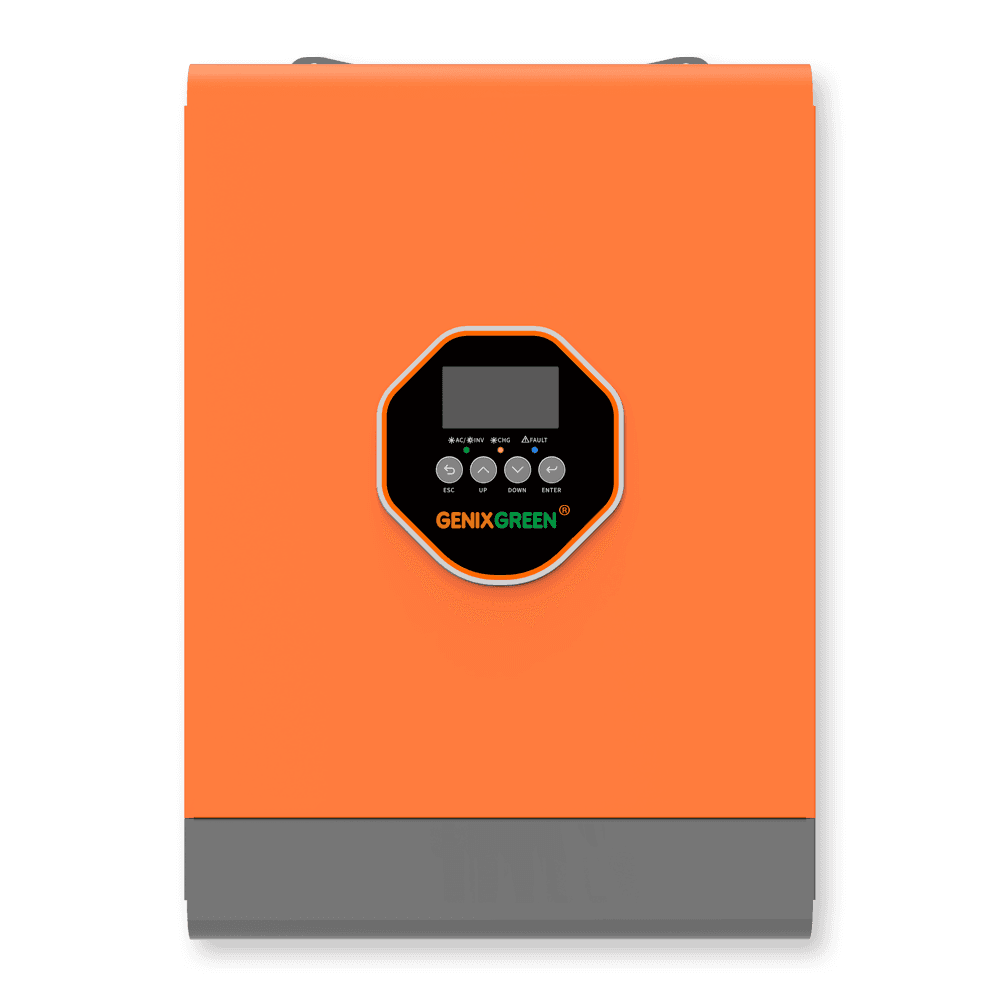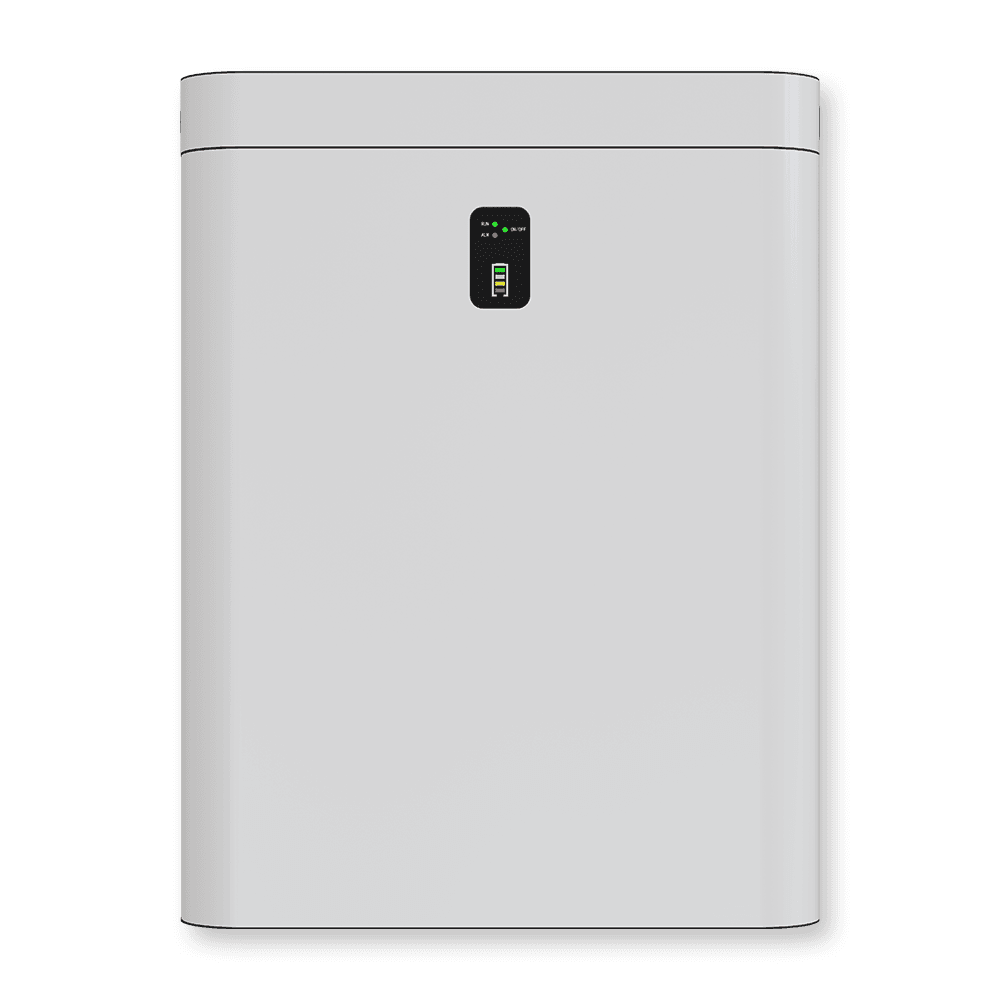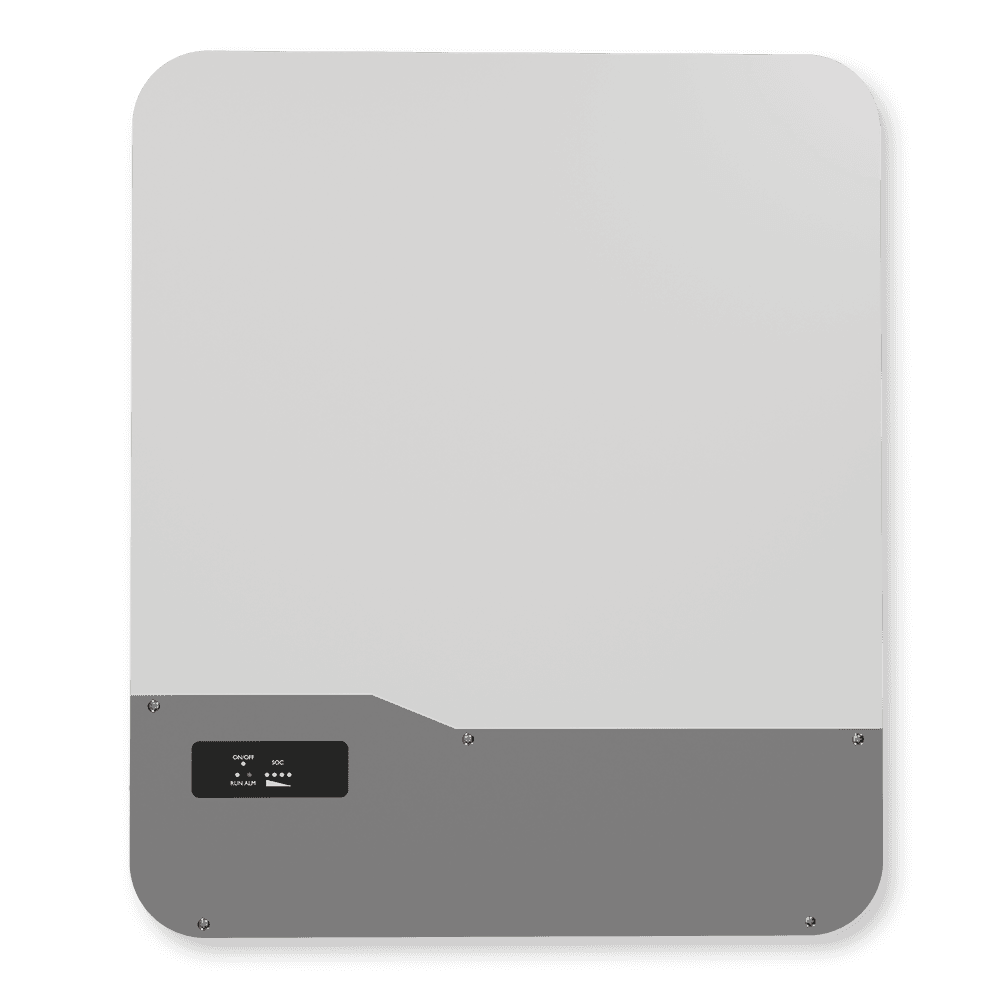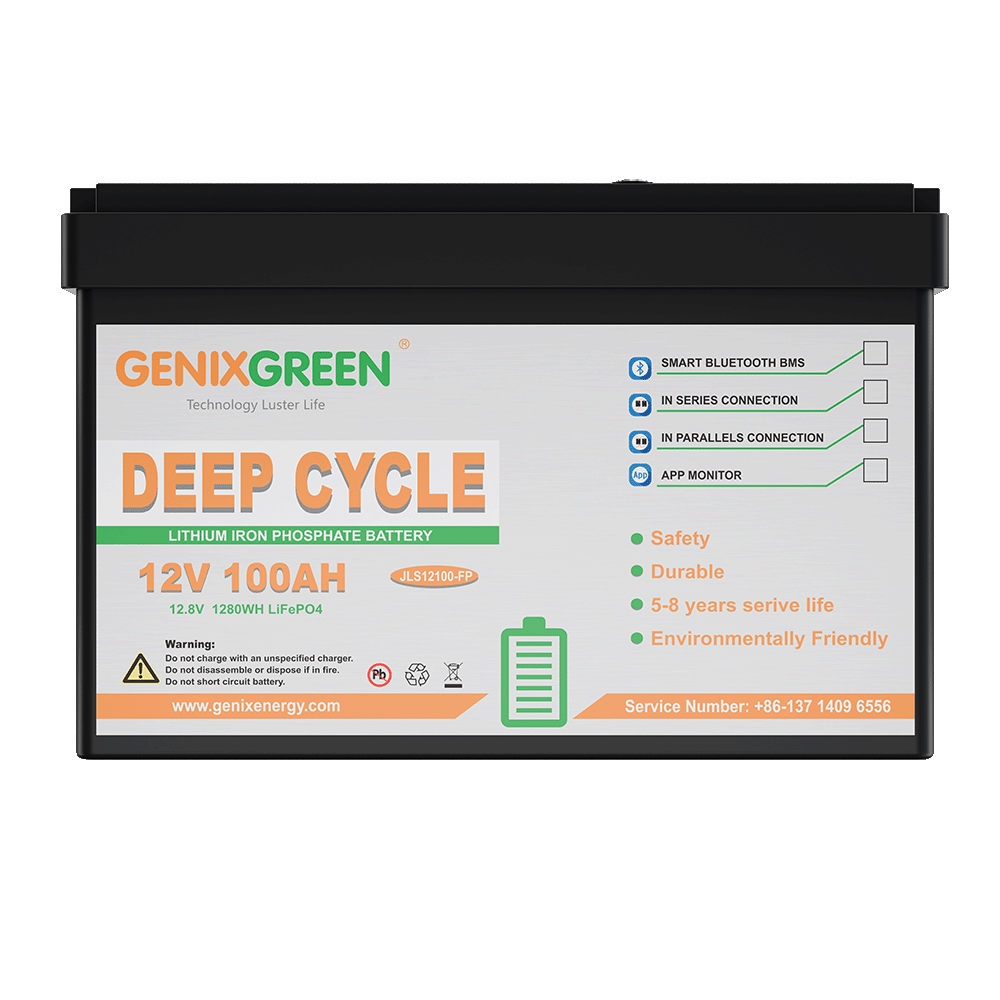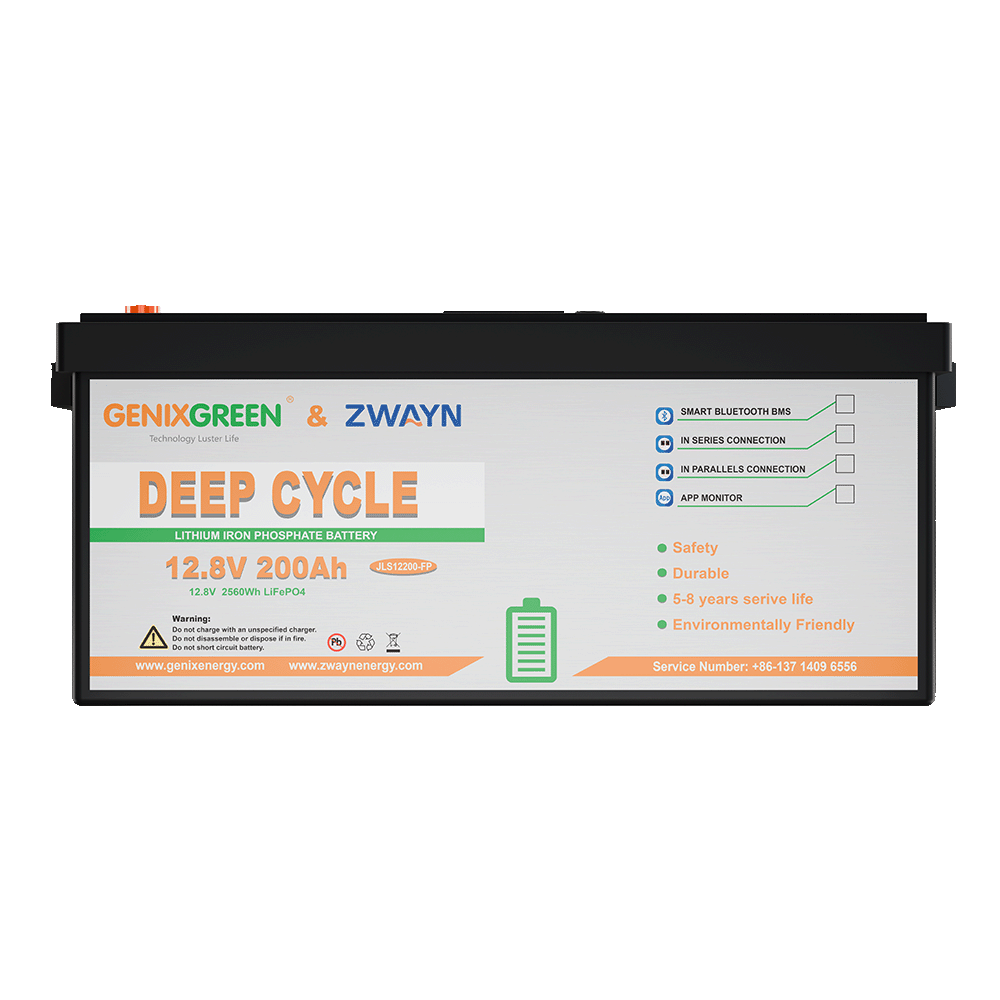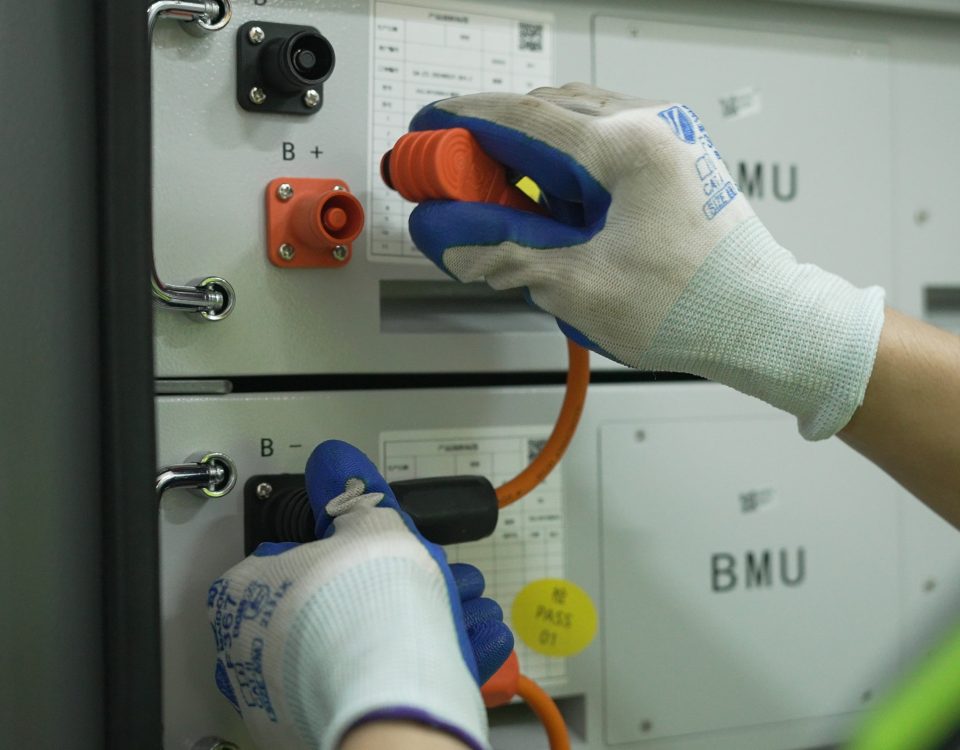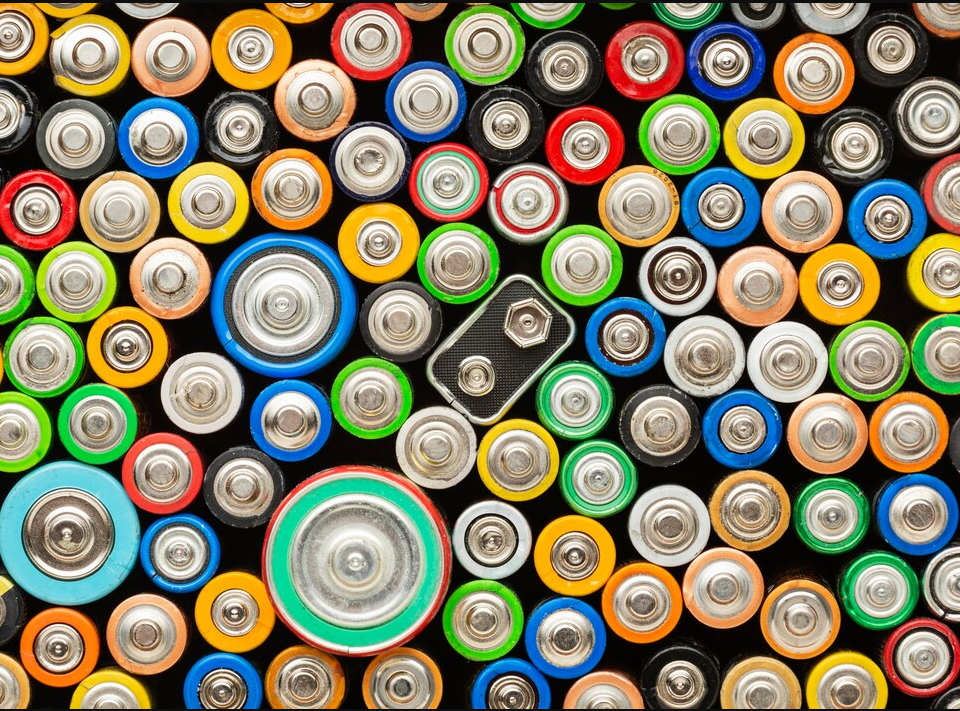
Good luck starting on February 5, 2025, Happy New Year
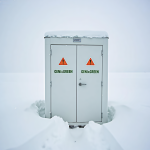
How to keep lithium batteries warm in cold weather?
As the title asks. Yes, you can replace lead-acid batteries with lithium-ion batteries. This change is becoming more and more popular. Lithium-ion batteries have a longer lifespan and are more energy-efficient than lead-acid batteries. They are also lighter and more cost-effective.
Lead-Acid vs. Lithium-Ion Batteries: Key Differences
| Feature | Lead-Acid | Lithium-Ion |
|---|---|---|
| Lifespan | 2-3 years | 5-10 years (≥4,000 cycles) |
| Energy Density | Low (bulky/heavy) | High (50% smaller, 55% lighter) |
| Charging Efficiency | Slow (prone to overcharge/discharge) | Fast (supports C/4-C/2 rate charging) |
| Maintenance | Requires watering/anti-sulfation | Maintenance-free (managed by BMS) |
| **Operating Temp.** | -20°C~50°C (performance drops) | -29°C~60°C (stable output) |
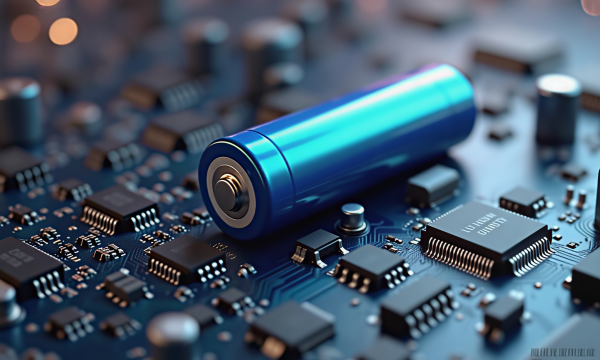
4 Critical Steps for Lithium-Ion Conversion
- Voltage Compatibility Check
- Lead-acid systems: 12V/24V/48V → Match lithium specs (e.g., LiFePO4: 14.5V~11V)
- Legacy devices may require DC-DC converters (especially pre-2000 vehicles)
- Charging System Upgrade
- Use lithium-specific chargers (lead-acid chargers are incompatible)
- Adjust solar/generator charging parameters (max 14.5V)
- Mandatory BMS Integration
- Core functions: Real-time voltage/current/temperature monitoring, overcharge/discharge protection
- Ensure compatibility with existing circuits (CAN bus or standalone modules)
- Physical Adaptation
- Space optimization: Leverage compact size for capacity expansion or weight reduction
- Vibration-proofing: Secure battery packs to prevent damage
Applications & Benefits
| Scenario | Lead-Acid Limitations | Lithium Solution | Benefits |
|---|---|---|---|
| RVs/Off-grid Systems | ≤50% usable capacity | 95% depth of discharge (DoD) | 2x longer runtime, 40% weight reduction |
| Marine/Vessels | Voltage drop under high load | Stable full-load output | 30% higher reliability |
| EVs | Slow charging/cold failure | Fast charging, -29°C cold start | 5x faster charging, 20% winter range boost |
| Industrial Storage | Frequent replacement/acid leaks | Maintenance-free/sealed design | 80% lower maintenance, 60% lifecycle cost reduction |
**Cost & ROI Analysis (12V 100Ah System)**
| Item | Lead-Acid | **Lithium (LiFePO4)** |
|---|---|---|
| Initial Cost | $150 | $600 |
| Annual Maintenance | $50 | $0 |
| Replacement Cycle | 2 years | 10 years |
| 10-Year Total | **$1,750** | **$600** |
ROI: Lithium pays back price difference in 3 years, long-term savings: 64%
Safety & Maintenance Guidelines
- BMS is non-negotiable: Systems without BMS have 300% higher fire risk
- Charging limits:
- Never exceed 14.5V (thermal runaway risk)
- Never discharge below 10V (permanent damage)
- Storage Protocol:
- Temperature: -10°C~35°C (extreme temps accelerate aging)
- Charge level: 40%-50% SOC (long-term storage)
Upgrade Checklist
- Prioritize LiFePO4: 200% better thermal stability vs. Li-NMC
- Verify device compatibility (especially legacy voltage regulators)
- Reserve 10% buffer capacity (extends cycle life)
- Install independent thermal control (heating required below -15°C)
Lithium conversion boosts energy efficiency (↑30%) and operational reliability, recommended for RVs, marine, EVs, and industrial storage systems.



